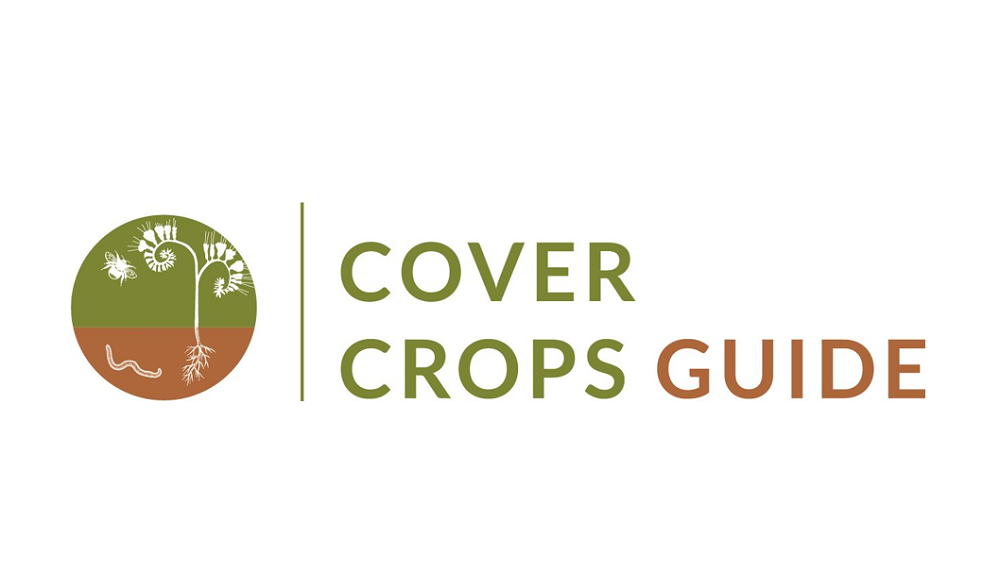- Home
- Knowledge library
- Types of cover crops
Types of cover crops
Learn about the four main types of cover crops and their unique properties, and identify which cover crop or mix is best suited to your farm system and objectives.
Choose wisely
In the last 10 years, interest in cover crops has grown, and there are now many options available.
Seed specialists have developed detailed resources (often published online) on the use and properties of specific green cover straights and mixtures.
Such information is invaluable, as cover crop choice needs to fit in with farm practice, capabilities, expertise and equipment.
Four types of cover crop
Plants suitable for cover cropping can be grouped into four main types:
- Legumes
- Cereals and grasses
- Brassicas
- Herbs
Legumes
Legumes fix nitrogen from the atmosphere and add it to the soil. Legumes also attract beneficial insects, help control erosion, and add organic matter to soils.
Find out about legumes as cover crops
Cereals and grasses
Grass species can develop extensive root systems and scavenge soil nutrients (especially nitrogen). They can also produce large amounts of biomass, help suppress weeds and add organic matter to the soil.
Find out about cereals and grasses as cover crops
Brassicas
Brassica crops are increasingly used to provide winter or rotational cover in vegetable and speciality crop production. They are also used as fodder for grazing livestock.
Find out more about brassicas as cover crops
Herbs
Other species of cover crops include buckwheat, phacelia, chicory and linseed. These are sometimes referred to as herbs.
These species can be used when there is a need to avoid rotational conflicts because they are from different families to most cash crops.
Find out more about herbs as cover crops
Mixtures
Although using a single species of cover crops is common, mixtures offer combined benefits. A mix also mitigates poor performance, as one species may do well when another does not.
Find out more about cover crop mixtures
Cover crop seed regulations
- Mixtures may contain species covered by seed regulations and those that are not regulated
- Regulated species must be fully certified to the standards in the Seed Marketing Regulations (having achieved purity and germination standards)
- Cover crops are subject to the same farm-saved seed rules as cash crops – although cover crops are not taken to harvest, so the payment is due at the time of sowing
- Farm-saved seed must have been produced initially from certified seed on the farmer’s own holding
- It is illegal to use uncertified grain brought in from another farm
- Mixtures containing certified species should have percentages of these species declared on a green label, and any uncertified species should be listed
Species selection tool
 Cover Crops Guide
Cover Crops Guide
Check out the Cover Crops Guide species selection tool to assess the suitability of brassica, legume, cereal and other cover crop varieties.
Each species is profiled for its winter hardiness, rooting depth, grazing potential, and nitrogen-fixing and nutrient-storing qualities.
The tool also includes information on sowing period and depth, and seed size and seed rate.
Visit the Cover Crops Guide website
Topics:
Sectors:
Tags:

